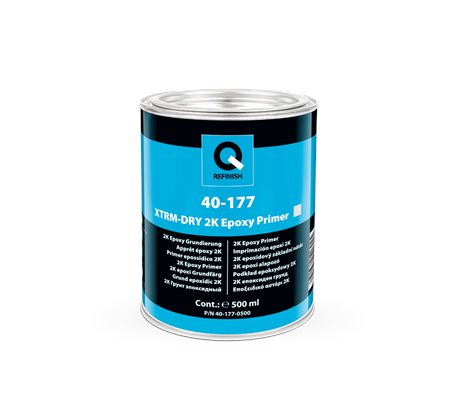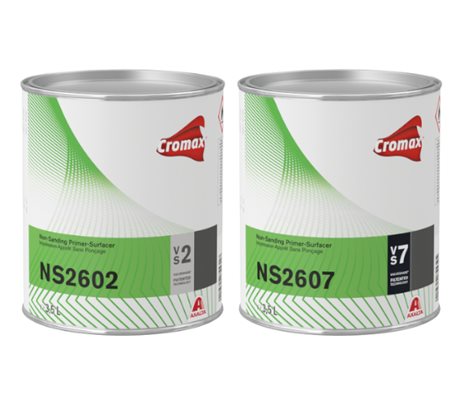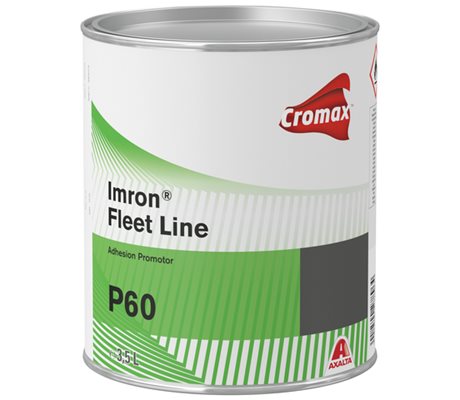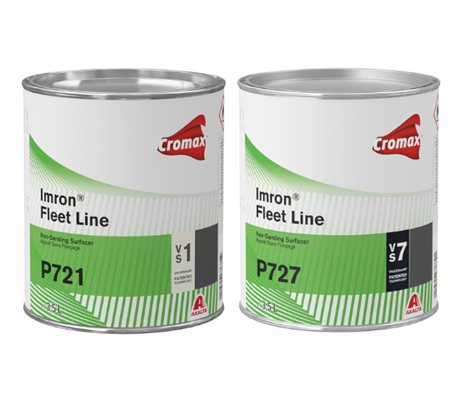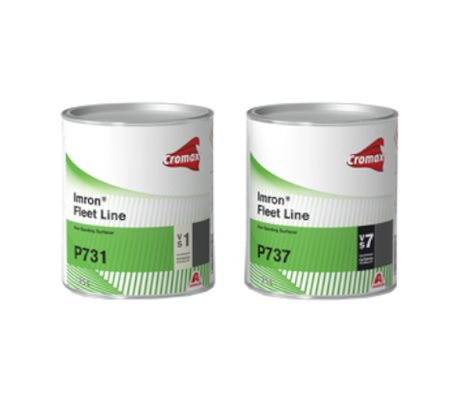Non Sanding
Non-sanding or wet-on-wet coating refers to a painting method where additional coats are applied before the previous coats have fully cured. This technique increases productivity by eliminating sanding and waiting times. Specially formulated paints are required for this application method, which you can find here.
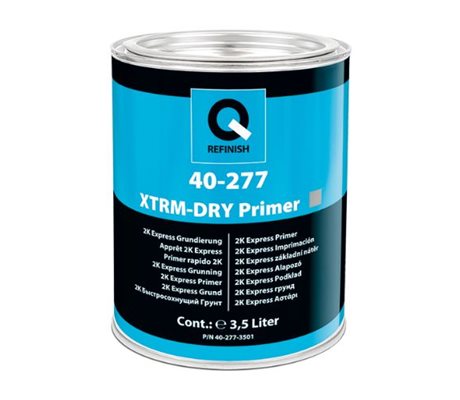
Q-Refinish
40-277 Xtrm-Dry 2K Primer
€130,93
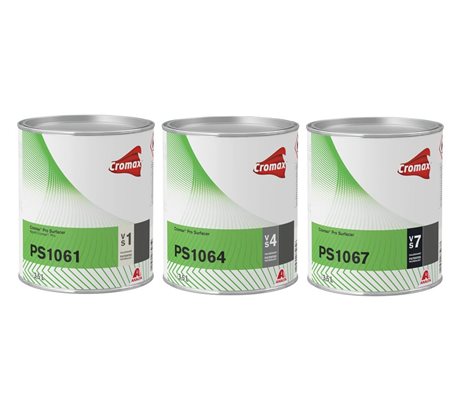
Cromax
Ps106X Pro Surfacer
€84,03
advantages of non sanding / wet-on-wet technique
The primary benefit of this method is significant time savings, as it avoids the waiting time between coats and the subsequent sanding usually needed to achieve a smooth and even finish. This makes the wet-on-wet technique ideal for applications where efficiency and speed are crucial.
surface preparation and paint selection
Although the non sanding technique reduces the need for sanding between coats, it remains essential to ensure the surface is clean, dry, and free from impurities such as dust, grease, oil, or old paint residues to guarantee optimal adhesion and a uniform finish.
Choose paints specifically formulated for wet-on-wet applications. These paints generally have faster drying times and are compatible with multiple coats. Always follow the manufacturer's instructions regarding application and drying times.
Maintain a well-ventilated work environment with appropriate temperature and humidity according to manufacturer recommendations. This ensures proper drying and curing of the paint and minimizes risks like bubbles or cracking.
Apply the paint evenly and carefully to avoid overspray, drips, or runs. It is advisable to practice on a small surface or perform test applications before starting your main project.
While drying time between coats is reduced, allow each coat to dry and cure fully before applying the next. Avoid applying excessively thick layers to prevent prolonged drying and uneven curing.
To achieve the best results, use specially developed non sanding primers and fillers compatible with this technique. Check technical data sheets to confirm if primers and fillers can be used as non sanding products. Here, we have collected suitable base products for non sanding applications.












